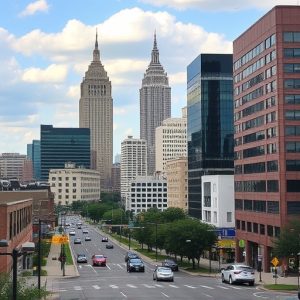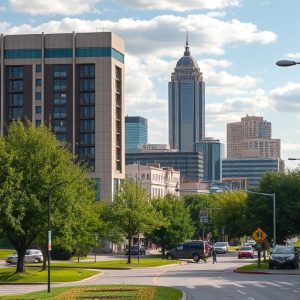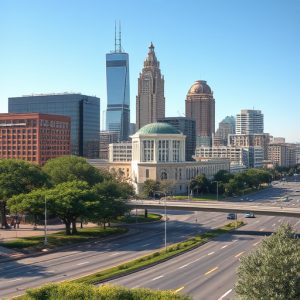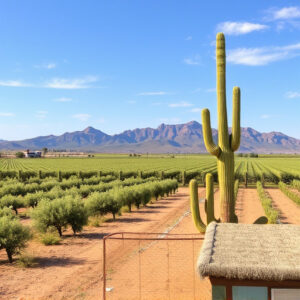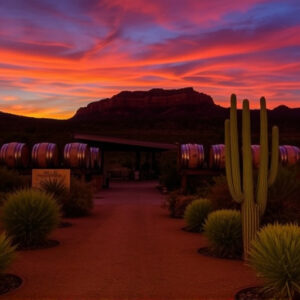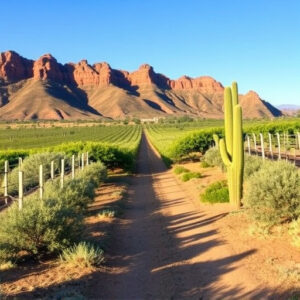Austin’s Green Escapes: Relaxation & Recreation in City Parks
Austin, Texas, is renowned for its extensive network of parks and green spaces that enhance urban l…….
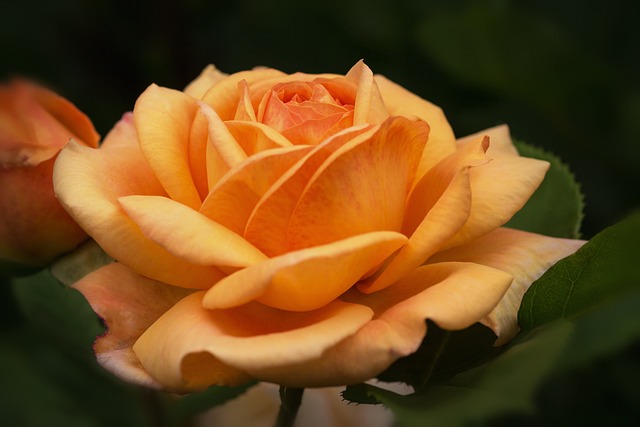
Austin, Texas, is renowned for its extensive network of parks and green spaces that enhance urban living by providing a blend of recreational activities and natural beauty. The city's crown jewel, Zilker Metropolitan Park, offers 351 acres of outdoor fun with features like Barton Springs Pool, a natural swimming spot with warm, spring-fed waters. The Ann and Roy Butler Jr. Boardwalk at Lady Bird Lake provides a scenic walkway for exercise, while the Austin Greenbelt, a significant natural area, exemplifies the city's commitment to preserving nature. Austin's parks are not just spaces for relaxation but also vital centers for community engagement and environmental stewardship, reflecting the city's forward-thinking approach to sustainability and public wellness. With trails like the Hike-and-Bike Trail encircling Lady Bird Lake and the Barton Creek Greenbelt offering natural escapes, Austin TX stands out as a model of urban planning that integrates nature into daily life, offering both tranquility and excitement to all its visitors and residents.
explore the multifaceted role of Austin, Texas’ parks and outdoor spaces in enriching public life. This article delves into how these verdant havens serve as vital conduits for relaxation and recreation, enhancing the well-being of its residents. From the winding urban trails to the serene green oases nestled within the city, Austin’s commitment to preserving natural environments is a testament to its dedication to community health and leisure. Join us as we navigate these public treasures, offering insights into their accessibility and the myriad of activities they host.
- Austin's Green Oases: Exploring the City's Parks and Outdoor Spaces for Relaxation and Recreation
- The Role of Austin's Natural Environments in Promoting Public Well-being
- Navigating Austin's Urban Trails: A Guide to Park Accessibility and Activities
Austin's Green Oases: Exploring the City's Parks and Outdoor Spaces for Relaxation and Recreation
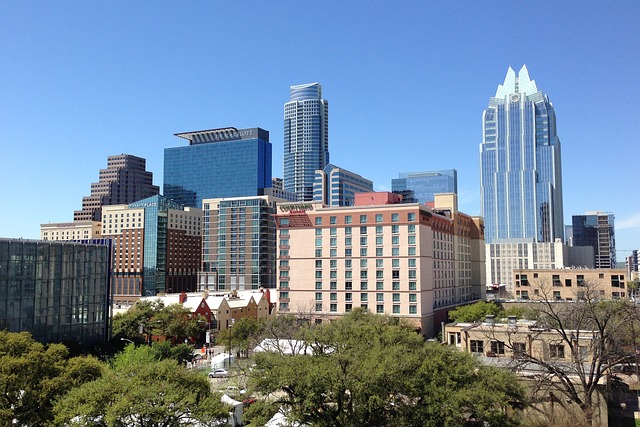
In Austin, Texas, nature enthusiasts and urban dwellers alike find solace and recreation in the city’s abundant green spaces. These natural havens, nestled amidst the bustling cityscape, provide a respite from the fast-paced life, offering a plethora of activities for both relaxation and active pursuits. Zilker Metropolitan Park stands out as a premier destination, encompassing 351 acres of lush landscapes along the Colorado River. It’s a hub for outdoor events, with facilities for picnicking, swimming, hiking, and live music. The park’s iconic Barton Springs Pool is a perennial draw, offering a refreshing dip in natural spring-fed waters year-round. Similarly, the city boasts the 1.2-mile-long Ann and Roy Butler Jr. Boardwalk at Lady Bird Lake, an ideal spot for joggers, cyclists, and leisure walkers to enjoy picturesque views and the balmy Texas climate. Austin’s commitment to preserving natural beauty is further evident in gems like Pease Park, which offers serene walking paths and beautiful views of Shoal Creek. Each park contributes to Austin’s quality of life, fostering community engagement and a deep connection with the outdoors, making it clear why Austin, Texas, is renowned for its outstanding parks and outdoor spaces.
The Role of Austin's Natural Environments in Promoting Public Well-being

In the vibrant city of Austin, Texas, the integration of natural environments into the urban fabric plays a pivotal role in promoting public well-being. The city’s numerous parks and outdoor spaces, such as Zilker Metropolitan Park and Lady Bird Lake, provide residents and visitors with ample opportunities for relaxation and recreation. These green sanctuaries serve as vital havens where individuals can engage in physical activities, rejuvenate their spirits, and connect with nature. The Austin Greenbelt, a serpentine belt of natural landscapes winding through the city, exemplifies this commitment to maintaining accessible, open spaces. Studies have shown that regular interaction with nature can lead to significant health benefits, including reduced stress levels, improved mental health, and enhanced social cohesion. In Austin, these benefits are not only acknowledged but actively fostered through initiatives like the establishment of new parks, trails, and conservation projects, underscoring the city’s dedication to preserving its natural assets as a cornerstone of community well-being. The proactive approach taken by Austin to ensure that its citizens have access to these natural environments is indicative of the city’s understanding of the intrinsic value of nature for public health and quality of life.
Navigating Austin's Urban Trails: A Guide to Park Accessibility and Activities
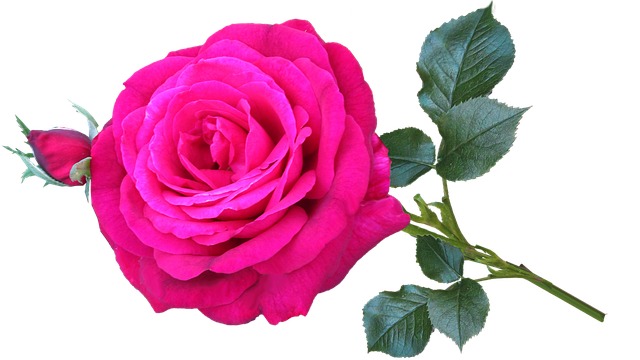
navigating austin’s urban trails for relaxation and recreation is a breeze with the city’s extensive network of parks and outdoor spaces. Austin, Texas, boasts an array of trails that cater to various activities, from leisurely strolls to vigorous hikes. For residents and visitors alike, the city provides access points throughout its urban landscape, ensuring a seamless connection between nature and the bustling city life. The Ann and Roy Butler Hike-and-Bike Trail at Lady Bird Lake offers a scenic 10-mile loop ideal for jogging, cycling, or simply enjoying the views of the water and downtown skyline. Additionally, Zilker Park stands out as a central hub for outdoor activities, featuring open green spaces, a botanical garden, and access to the Barton Creek Greenbelt, a series of trails that wind through natural landscapes and cool springs, offering respite from the urban environment. These trails are not only gateways to physical activity but also serve as vital spaces for mental relaxation and community engagement, emphasizing Austin’s commitment to maintaining an active and connected urban populace. Whether seeking a peaceful retreat or an adrenaline-pumping adventure, Austin’s outdoor offerings cater to all preferences and skill levels.
access to greenery, outdoor recreation, public wellness, Austin Texas parks, urban trail navigation, park accessibility activities.
In conclusion, Austin, Texas stands as a shining example of how urban planning and natural beauty can harmoniously coalesce to promote public well-being. The city’s expansive array of parks and outdoor spaces serves as vital green oases that offer residents and visitors alike opportunities for relaxation and recreation. These areas not only enhance the quality of life but also contribute significantly to the physical and mental health of the community. With a comprehensive network of urban trails, Austin ensures accessible and diverse activities for all. Embracing these natural assets, Austin continues to set a commendable standard for cities worldwide to prioritize green spaces as integral components of a thriving metropolitan environment.
